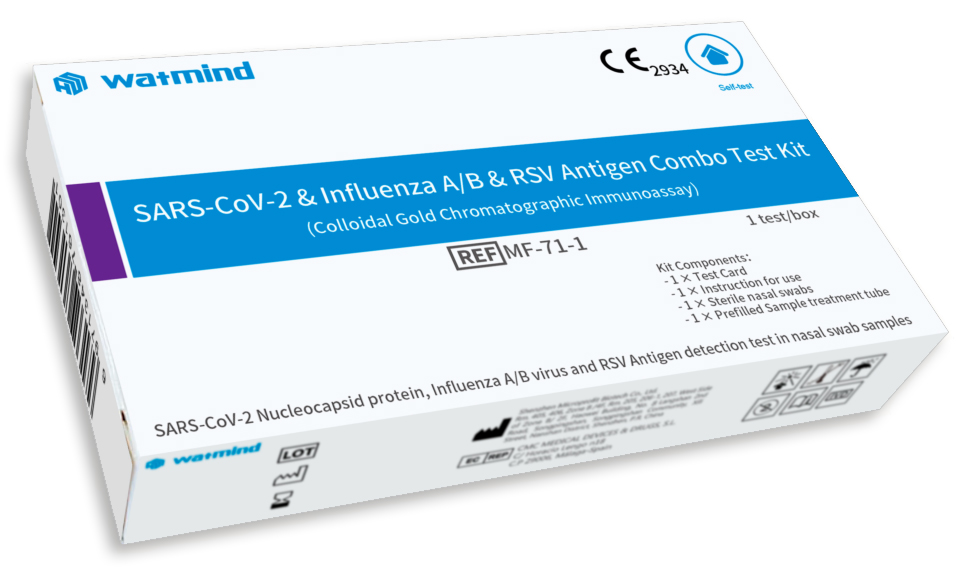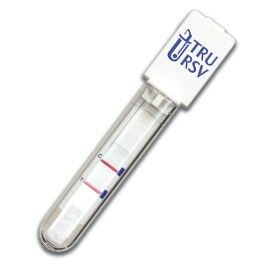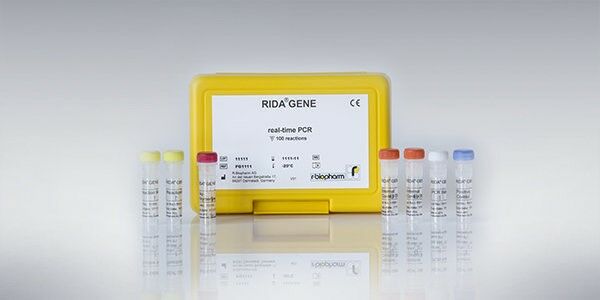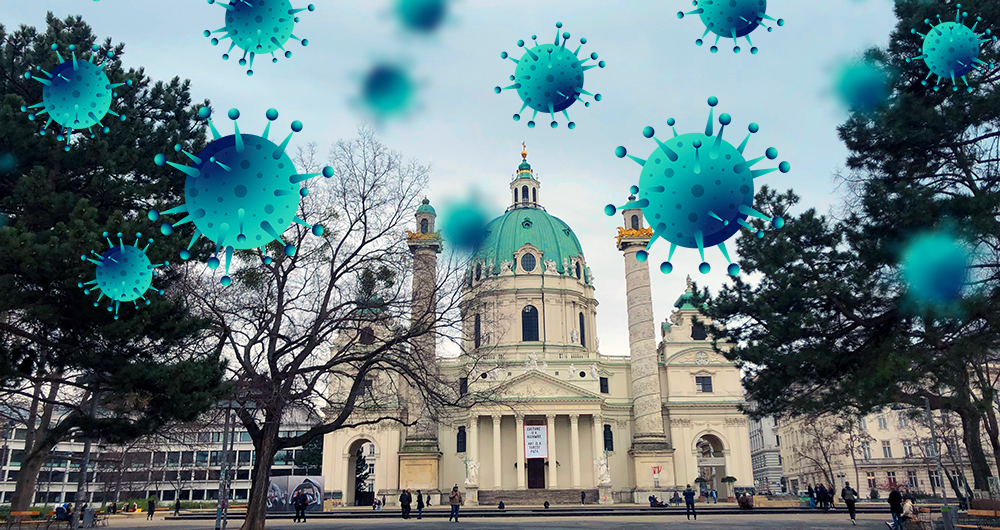Currently, not only is SARS-CoV-2 rampant in Austria, but also influenza (mainly A) and RSV (respiratory syncytial virus). For the first two vaccines exist, whereas for RSV only a passive immunization with synthetically manufactured antibodies for prophylactic use is available. The symptoms of all three viral diseases resemble each other, but the treatment has to target each virus specifically for the optimal therapeutic effect. Hence, a precise diagnosis is of high importance for a successful therapy.
Which virus is behind which disease?
Coronavirus
SARS-CoV-2 (severe acute respiratory syndrome coronavirus type 2) is a betacoronavirus. It is related to the betacoronavirus SARS-CoV-1 which induces severe acute respiratory syndrome and led to the SARS pandemic in 2002/2003.
SARS-CoV-2 was identified as the source of the infectious disease COVID-19 at the beginning of 2020. The World Health Organisation (WHO) categorized COVID-19 on the 30th of January 2020 as a “public health emergency of international concern” and classified the occurrence of the disease due to its worldwide spread as a pandemic on the 11th of March 2020.
Influenza virus
Influenza, also (real) flu or viral flu, is a feverish infectious disease in humans, induced by viruses of the family Orthomyxoviridae, mainly the genus influenza virus A or B. The flu often occurs as an epidemic that affects the respiratory tract. The flu-like infection has nothing in common with the flu – besides the similarity in name. A flu-like infection describes a common cold, where the pathogen is without a doubt not an influenza virus according to the understanding of modern medicine.
Respiratory Syncytial Virus
The human respiratory syncytial virus (HRSV, RSV or RS virus, also orthopneumovirus) is an enveloped virus with a single stranded RNA of the Pneumoviridae family. An RSV infection can occur at any age. In adults the disease can only lead to complications in risk-patients with cardiac or lumbar pre-existing conditions or in immunosuppressed patients. However, increased caution is needed in infants and children. In infants the infection manifests itself with symptoms such as a fever up to 38-39.5 °C, runny nose, cough and breathing difficulties. The latter makes drinking more difficult for the child and can lead to insufficient liquid intake.
Due to the narrow and short respiratory ducts, the bronchia and bronchioles are often affected – possibly leading to bronchiolitis, which could negatively affect the oxygen uptake. An infection with RSV in infants is a risk factor for the sudden infant death syndrome (SIDS).
As the symptoms for all three infections overlap heavily, a precise diagnosis is of high importance for accurate therapy!
Rapid tests ease diagnosis
 New in our assortment is a combined rapid test for the detection and distinction of SARS-CoV-2, influenza A and B, and RSV:
New in our assortment is a combined rapid test for the detection and distinction of SARS-CoV-2, influenza A and B, and RSV:
 If there is already a “hunch”, individual verification is highly recommended:
If there is already a “hunch”, individual verification is highly recommended:
- SARS-CoV-2 rapid test: MOLR220T05PB0C0 SARS-CoV-2 Antigen Test Cassette (Self-Test) CE-IVD
- RSV rapid test: MER751330 TRU RSV® Schnelltest
 We have various RT-PCR kits for direct virus detection, which allow the verification of several viruses at once with fluorescence staining:
We have various RT-PCR kits for direct virus detection, which allow the verification of several viruses at once with fluorescence staining:

 Deutsch
Deutsch



